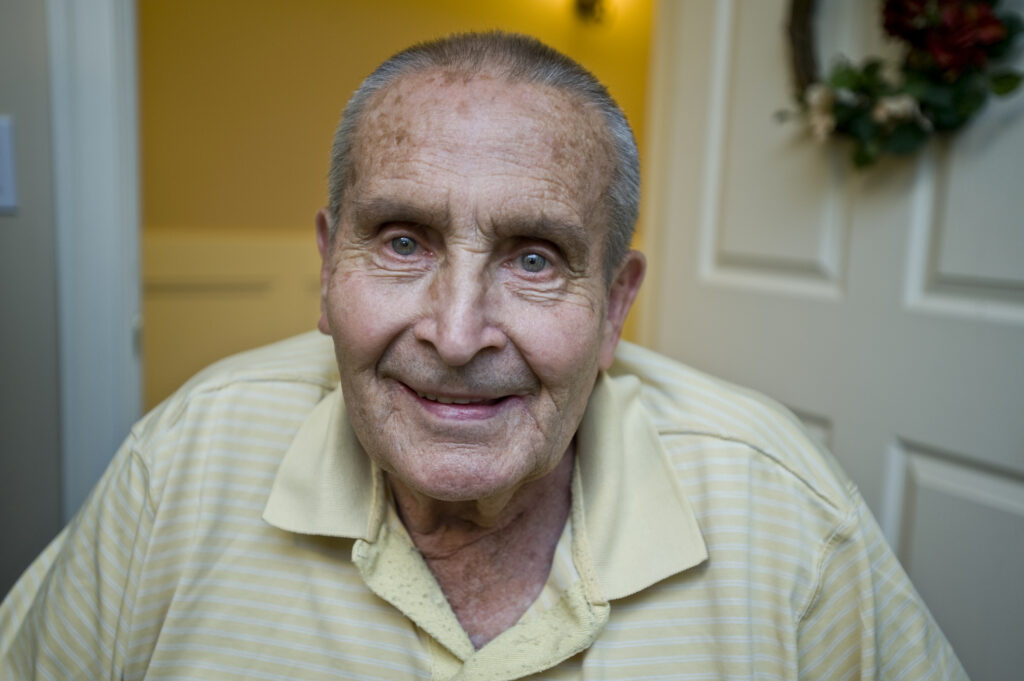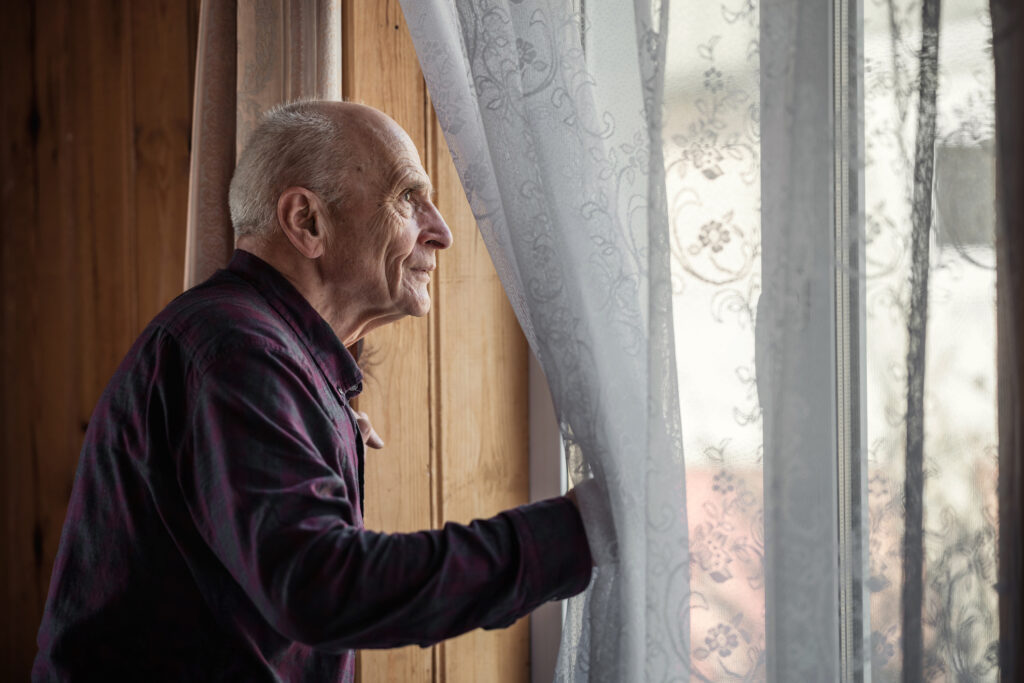
A chief executive’s perspective: using loan finance to modernise housing models
Abbeyfield South Downs operates supported sheltered housing for older people across the area. Its accommodation offers a mix of independence and company in a safe and secure environment, currently across six sites.
With its housing in need of modernisation and an ageing population requiring increased options for care, the charity decided to begin updating its housing model. As part of this, the charity is undertaking a development project to create larger, more independent housing but with provision for domiciliary care and with support available.
Chief Executive Nolan Taylor talks to us about the decision to take out a loan to help finance this move and why they chose Charity Bank.
Can you talk us through the purpose of your loan?
We’ve been operating since 1962, and over that time our properties have become dated and needs have evolved. We wanted to move the charity and our housing model forward to be able to offer something more sustainable for the long term. This new development is the start.
We officially accept residents over 55 but the average age is more like 85. By offering larger, more modern accommodation that grants even greater independence, but then also supporting domiciliary care alongside that, we’re hoping to attract residents at a younger age who will then be able to stay with us for longer. Research has shown that 96% of people could stay in an assisted living scheme for the rest of their life if they wished, with only 4% perhaps needing to move into nursing or specialist care.
Could you have undertaken this project without loan finance?
Definitely not. We received a grant from Homes England and sold two of our older properties to raise funds, but even after this we were £7.6 million short on the financing. Without Charity Bank, who not only lent us money but also arranged for the remainder to be provided by another social finance lender, none of this would have been possible. They absolutely saved the day.
Why did you choose Charity Bank for your loan?
From the moment we first met with Charity Bank, they proved to be head and shoulders above the rest. The other lenders were more traditional, and it was difficult to cut through the terminology and the detail to figure out what they were really offering.
But then Adam Ruffinato from Charity Bank came in and just talked sense, knew the answer to everything we asked and even offered us guidance right there and then, advice that proved to be invaluable. He’s really just a remarkable guy and has continued to be helpful throughout.
How has it been dealing with two different lenders?
Well we really haven’t had to. It was complicated to begin with when we were trying to find a second lender, as we had a false start with one and then struggled to find another. But then Adam came through again and found another social lender for us. The real beauty of the deal is that everything is led through Charity Bank and we only have to deal with them. It’s made things much more straightforward for us.
Were you concerned about borrowing such a large amount of money?
We’re a small charity and this is the first loan of this relative magnitude we’ve taken out so of course it wasn’t a decision taken lightly. There is always going to be inherent risk with any building development but we feel confident about carrying that risk and having the support of Charity Bank certainly helps.
How did you find the process of applying for the loan?
There were several stages, especially when we began dealing with lawyers, where it became quite frustrating at times. Lawyers seem to want you to dot ‘i’s you didn’t even know existed, or ask for the same information repeatedly. But again, Adam saved us from too much of that and would step in when things became particularly protracted. He also gave very useful, specific guidance on the simplest ways to do certain things; cutting through the nonsense and saving us a lot of time. He consistently proved himself to be a true partner and was willing to go the extra mile to help.
What advice do you have for other charities who are thinking of taking out a loan?
I would absolutely advocate going straight to an ethical bank; I wouldn’t even bother approaching the high street frankly. We certainly didn’t get anywhere with them. And it was just so clear talking to the ethical lenders how much more supportive and understanding they were of our charitable purpose. The high street banks just seemed utterly confused about what we were doing and the questions they asked me were often naive. It wasted a lot of time, whereas with an ethical lender who understands a charity set-up you don’t even have to have those conversations.
What does the future hold for Abbeyfield South Downs?
Once this new development is up and running, we’ll be looking to open a second scheme with a similar model. We’ll probably struggle to operate some of our existing properties beyond the next decade or so. So before I retire, I’d like to be in a position where we are prepared for the closure of all our existing units if necessary and to work towards having three large schemes running, which cater for perhaps 200 people across the area.
About Charity Bank
Charity Bank is the loans and savings bank owned by and committed to supporting the social sector. Since 2002, we have used our savers’ money to make more than 1280 loans totalling over £500m to housing, education, social care, community and other social purpose organisations.
Nothing in this article constitutes an invitation to engage in investment activity nor is it advice or a recommendation and professional advice should be taken before any course of action is pursued.


